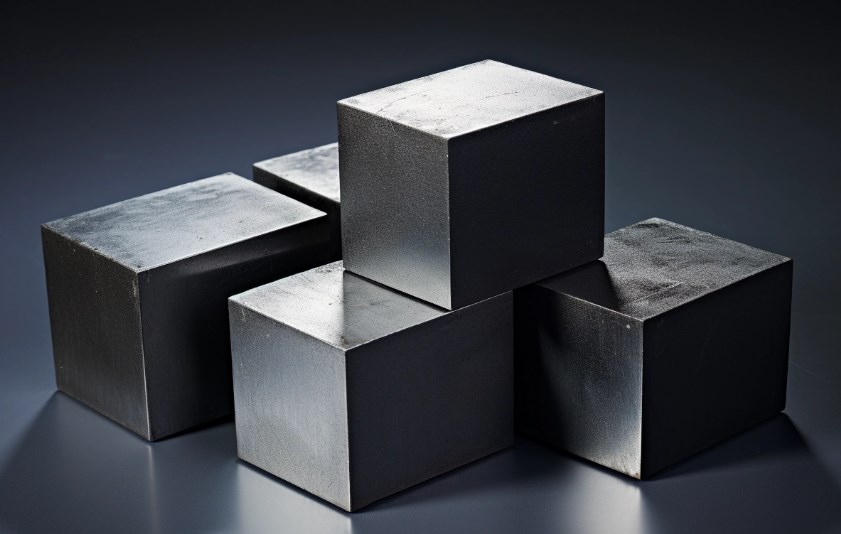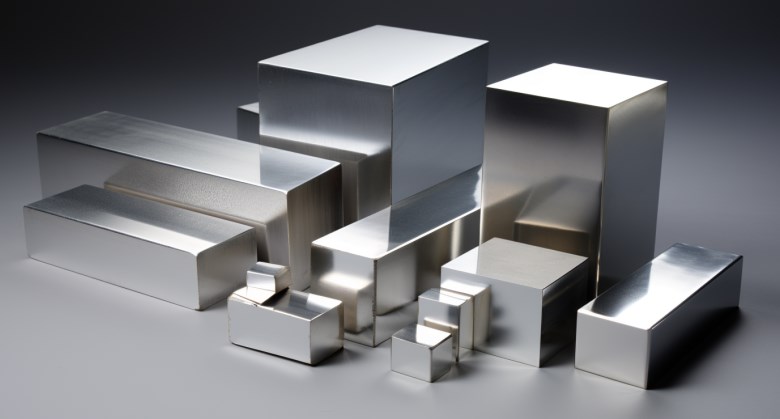Rare Earth Magnets vs. Traditional Magnets: A Magnetic Showdown
Magnets are a ubiquitous part of our modern world, used in everything from refrigerator doors and magnetic locks to electric motors and medical devices. However, not all magnets are created equal. The battle between Rare Earth Magnets and Traditional Magnets is an ongoing showdown that has significant implications for various industries and technologies. In this article, we’ll explore the key differences between these two types of magnets and their respective strengths and weaknesses.

Rare Earth Magnets: The New Kids on the Block
Rare Earth Magnets are a relatively recent addition to the world of magnets, having been discovered in the 1960s. These magnets get their name from the fact that they are made from rare earth elements, a group of 17 chemically similar elements on the periodic table. The two most commonly used rare earth magnets are neodymium magnets and samarium cobalt magnets.
Strengths of Rare Earth Magnets:
- Exceptional Strength: One of the standout features of rare earth magnets is their incredible magnetic strength. Neodymium magnets, in particular, are known for being the strongest permanent magnets available. They can generate magnetic fields significantly stronger than traditional magnets.
- Compact Size: Rare earth magnets can produce the same or even greater magnetic force as traditional magnets while being much smaller in size. This compactness makes them ideal for applications where space is limited.
- Wide Range of Uses: These magnets are used in a wide range of applications, including high-performance electric motors, headphones, hard drives, and even medical devices like MRI machines.
Weaknesses of Rare Earth Magnets:
- Susceptibility to Corrosion: Rare earth magnets are prone to corrosion and must be coated or protected to maintain their integrity. This can limit their usability in some environments.
- Brittle and Fragile: Neodymium magnets, in particular, are quite brittle and can shatter easily if not handled with care. This makes them less suitable for applications where mechanical stress is a concern.
Traditional Magnets: The Old Reliables
Traditional magnets, often made of materials like iron, nickel, or cobalt, have been in use for centuries. They are the magnets we commonly encounter in everyday objects like refrigerator magnets or compass needles.
Strengths of Traditional Magnets:
- Reliability: Traditional magnets are known for their long-term stability and reliability. They don’t degrade over time, and their magnetic strength remains consistent.
- Affordability: Traditional magnets are generally more cost-effective than rare earth magnets, making them a suitable choice for many consumer applications.
Weaknesses of Traditional Magnets:
- Limited Strength: Traditional magnets are less powerful than rare earth magnets, which makes them unsuitable for applications that require exceptionally strong magnetic forces.
- Bulkier Size: Traditional magnets are bulkier in comparison to rare earth magnets, which can be a limiting factor in applications with space constraints.
The Showdown: Which Magnet is Right for You?
The choice between rare earth magnets and traditional magnets depends on the specific needs of the application. Rare earth magnets are the clear winners when it comes to raw magnetic strength and compactness, making them indispensable in technologies demanding powerful magnets in small spaces. However, their susceptibility to corrosion and brittleness can limit their use in certain environments and applications.
Traditional magnets, on the other hand, are more reliable and cost-effective, which makes them suitable for everyday uses. They may not match the raw power of rare earth magnets, but their consistent performance and durability make them a popular choice in various industries.
In conclusion, the showdown between rare earth magnets and traditional magnets continues to shape the world of technology and engineering. The decision ultimately comes down to the specific requirements of each application. As technology continues to advance, it’s likely that both types of magnets will find their unique roles, coexisting to power our modern world.
